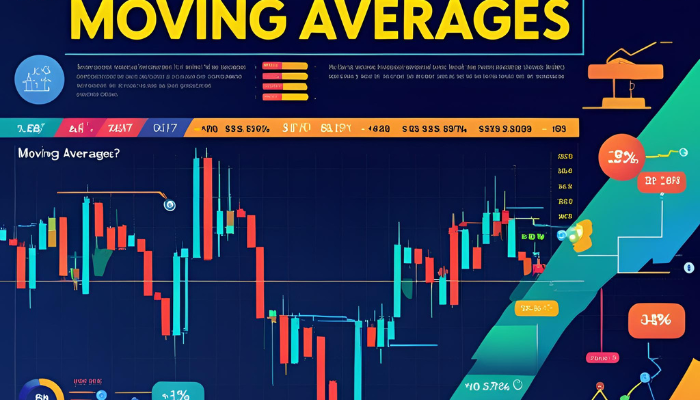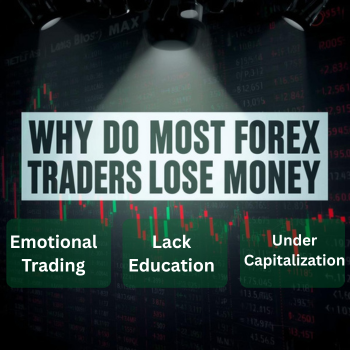Last Updated on July 24, 2025 by Deon
In technical analysis, moving averages are used by forex traders as they help provide a concise picture of the price behavior because they remove market noise. They assist in orienting forex traders in the prevailing direction of trend to take, in selecting support and resistance areas, and in indicating a favorable entry and exit area in a more pronounced manner, not to mention giving entry and exit signals in a diverse manner.
With multiple types suitable for different strategies available today, moving averages provide forex traders of all skill levels a clear view of price action. When you think about the topic ‘moving averages important in forex trading’, the discussion below is so helpful for you.
What Do Moving Averages Represent
Moving averages are the average price of a currency pair during a time range, and they are displayed as lines on the price charts, which help a trader to see market direction more accurately. They are sensitive according to their length. Shorter ones react quickly when prices fluctuate, while longer periods generate smoother, more stable lines.
Understand Moving Averages in Detail
Moving averages play an increasingly crucial role in forex analysis:
Simple Moving Average, SMA
A Simple Moving Average calculates an average price over a given number of periods with equal weight. It can help identify broad trends. As an example, on a daily chart, a 50-day SMA will show the average of its closing prices over 50 days and could serve to define significant support or resistance areas.
Exponential Moving Average, EMA
An exponential moving average places more emphasis on the new price data and deals better with the current market and is more sensitive to short-term trading. It is also suitable for early trend reversal identification. Traders commonly pair 10 and 20-period EMAs together as crossover signals to generate profitable trade signals.
Moving Averages Important in Forex Trading: Examining Trends and Momentum
The direction can be judged by the use of moving averages, and so can the intensity of trends, i.e., price changes. They are also useful when a price is above a moving average over long periods, most likely indicating an uptrend. When staying under it signals a downtrend. Furthermore, their slope reveals momentum; steeper slopes indicate stronger trends.
Crossover strategies have proven particularly popular:
_A bullish crossover happens when the moving average of a shorter term is above that of the longer one, which is also known as the golden cross and implies a shift of price upwards.
_A bearish crossover appears when the shorter-term average passes below the longer-term, referred to generally as a death cross, hinting at an impending decline and a descent in price movement.
Moving Averages Act as both Dynamic Support and Resistance
Moving averages provide dynamic support and resistance, unlike static price levels, which serve only as support or resistance. In uptrends, they may act as support. Price may pull back towards them before continuing upward. However, in downtrends, they act as resistance by capping price rallies. Traders closely monitor these interactions for any potential trade setups.
Moving Averages Important in Forex Trading; Effective Aiding Tools for Vital Decision-Making & Trade Planning
As simple as they are, moving averages are good tools that help in navigating forex markets, and they give an indication of the trend direction and momentum. They are useful decision-making tools during trade planning. While not foolproof by themselves, when combined with other indicators or price action analysis, they can greatly enhance trading accuracy.
You can benefit from the invaluable learning of moving averages from the platform of Neuron Markets and use it to become a skilled trader for a strong career. Experiment with various types and time frames until you find what best aligns with your strategy and currency pairs you trade.





